Yeast Infection Under Belly Flap: Causes, Symptoms, and Effective Treatments
What causes yeast infections under belly flaps. How to identify symptoms of intertrigo. What are the most effective treatments for skin fold infections. How to prevent recurring yeast infections in skin folds.
Understanding Intertrigo: The Culprit Behind Skin Fold Infections
Intertrigo is a common skin condition that occurs when moist skin folds rub against each other, creating an ideal environment for bacterial and yeast growth. This friction-induced rash often develops in areas such as the inner thighs, armpits, under the breasts, and in stomach folds. While it can affect anyone, certain groups are more susceptible to this uncomfortable condition.
Is intertrigo the same as a yeast infection? While intertrigo itself is not a yeast infection, it can create conditions that allow yeast to thrive, leading to a secondary yeast infection in the affected area. Understanding the relationship between intertrigo and yeast infections is crucial for effective treatment and prevention.
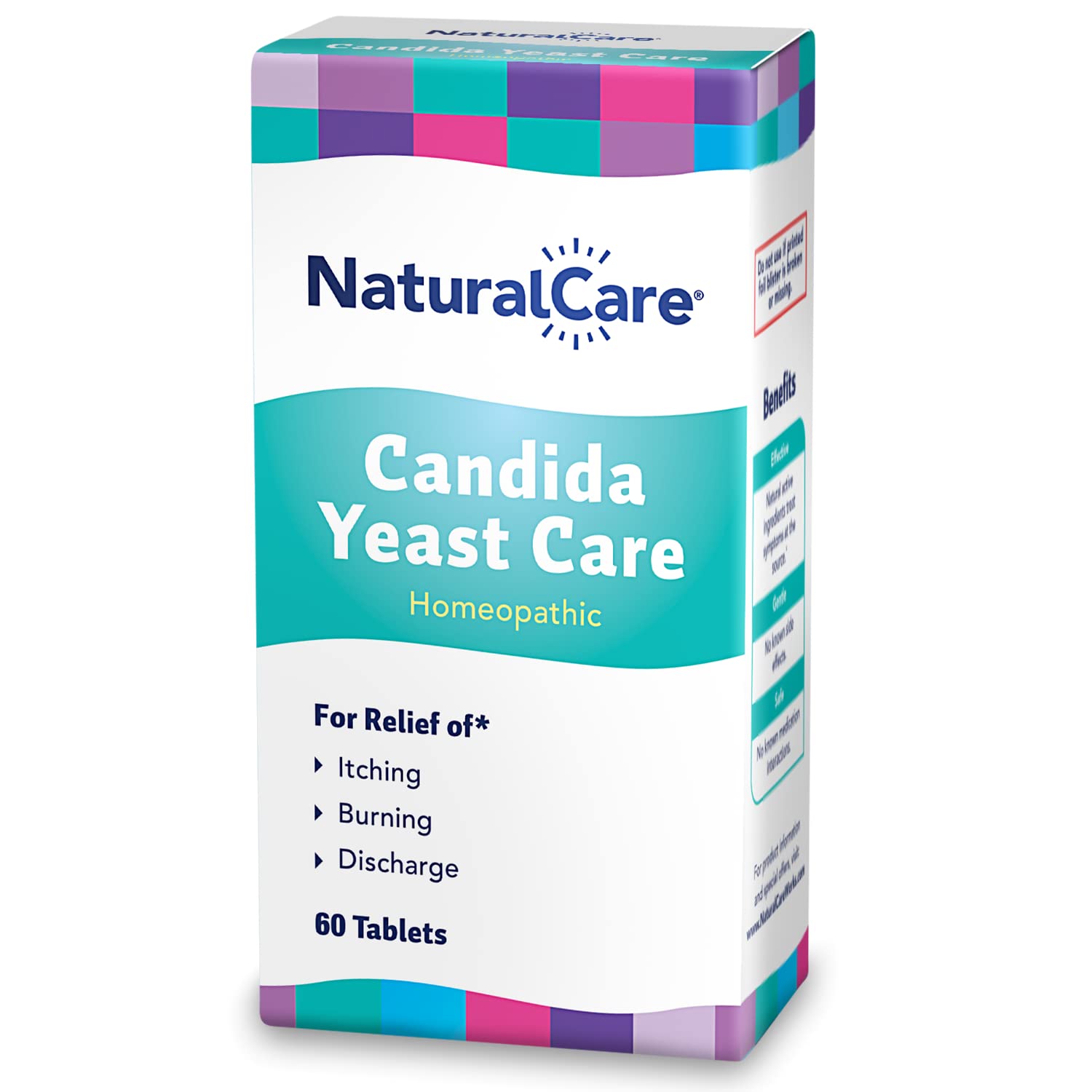
Who is at Risk for Developing Intertrigo?
- Infants (often manifesting as diaper rash)
- Older adults
- People with limited mobility
- Individuals with obesity
- Those with diabetes
- People with weakened immune systems
Why are these groups more susceptible to intertrigo? Factors such as excess moisture, reduced air circulation, and compromised skin integrity contribute to the development of this condition in these populations.
Identifying Symptoms: How to Recognize Intertrigo and Yeast Infections
Recognizing the signs of intertrigo and associated yeast infections is crucial for timely treatment. The primary symptoms include:
- Red, raw-looking rash in skin folds
- Soreness or itching in the affected area
- Possible oozing or discharge
- Unpleasant odor (in cases of bacterial overgrowth)
Where does intertrigo commonly occur? While it can develop in any skin fold, the most frequently affected areas include:
- Inner thighs
- Under the breasts
- Abdominal folds
- Groin area
- Between buttocks
- Finger and toe webs
Can intertrigo spread to other parts of the body? While intertrigo itself doesn’t spread, the associated yeast or bacterial infections can potentially affect other areas if not properly managed.

The Connection Between Intertrigo and Other Skin Conditions
Intertrigo can sometimes be confused with or exacerbated by other skin conditions. Understanding these related disorders can help in accurate diagnosis and treatment:
Inverse Psoriasis
Also known as intertriginous psoriasis, this condition manifests as red, shiny patches in skin folds. How does it differ from intertrigo? While both conditions affect similar areas, inverse psoriasis is an autoimmune disorder, whereas intertrigo is primarily caused by friction and moisture.
Hailey-Hailey Disease
This rare genetic disorder causes skin cells to adhere abnormally, leading to blisters and irritations in skin folds. Why is it often confused with intertrigo? The similar locations of symptoms can make initial differentiation challenging.
Pemphigus and Bullous Pemphigoid
These autoimmune conditions cause blistering of the skin, which can occur in areas prone to intertrigo. How do dermatologists distinguish these conditions from intertrigo? Specialized tests and skin biopsies are often necessary for accurate diagnosis.
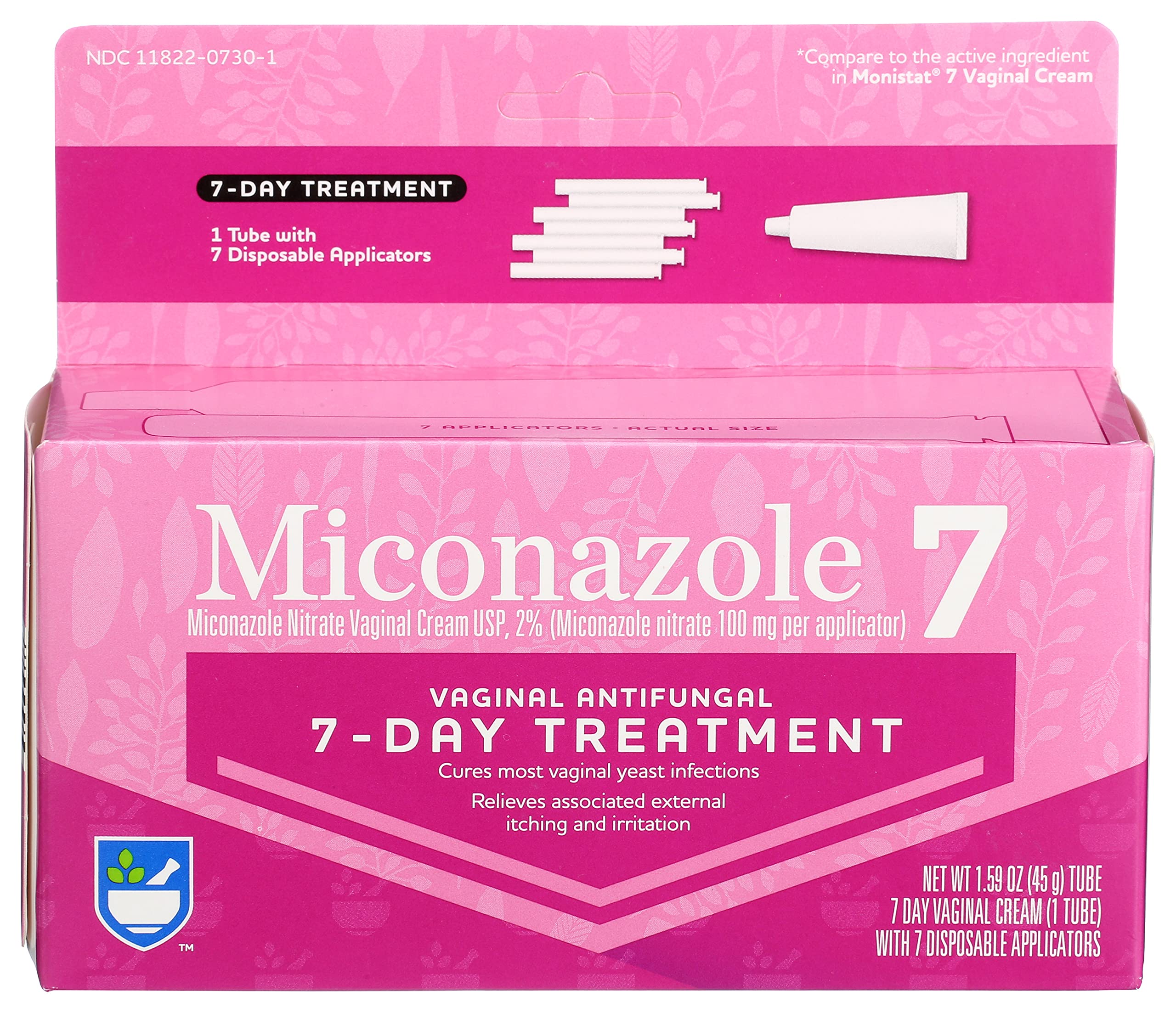
Diagnosis and Professional Assessment of Intertrigo
Accurate diagnosis of intertrigo and associated yeast infections is crucial for effective treatment. How do healthcare professionals diagnose this condition?
- Visual Inspection: A dermatologist will examine the affected areas, looking for characteristic signs of intertrigo.
- Patient History: Questions about symptoms, duration, and lifestyle factors help provide context.
- Skin Swabs: If a yeast or bacterial infection is suspected, a swab may be taken for laboratory analysis.
Why is professional diagnosis important? While intertrigo may seem straightforward, other skin conditions can mimic its appearance. Proper identification ensures the most effective treatment approach.
Effective Treatment Strategies for Intertrigo and Yeast Infections
Treating intertrigo and associated yeast infections involves a multi-faceted approach. What are the key components of an effective treatment plan?
1. Cleansing and Drying
How should affected areas be cleaned?

- Use ketoconazole 1% shampoo as a cleanser
- Leave on for 2-5 minutes before rinsing
- Thoroughly dry the area using a low-heat hairdryer
2. Topical Medications
What is an effective topical treatment regimen?
- Mix equal parts clotrimazole 1% (or miconazole 1%) cream and hydrocortisone 1% cream
- Apply a thin layer to affected areas twice daily
- Continue treatment for 3-8 weeks or until the rash clears
3. Maintenance Care
How can recurrence be prevented?
- Use ketoconazole 1% shampoo as a soap in affected areas at least once weekly
- Ensure thorough drying after bathing or whenever the area becomes damp
Are there any natural remedies for intertrigo? While medical treatments are most effective, some people find relief with natural alternatives like tea tree oil or apple cider vinegar. However, it’s crucial to consult a healthcare provider before trying any alternative treatments.
Prevention Strategies: Keeping Intertrigo at Bay
Preventing intertrigo and associated yeast infections is often easier than treating them. What are some effective prevention strategies?
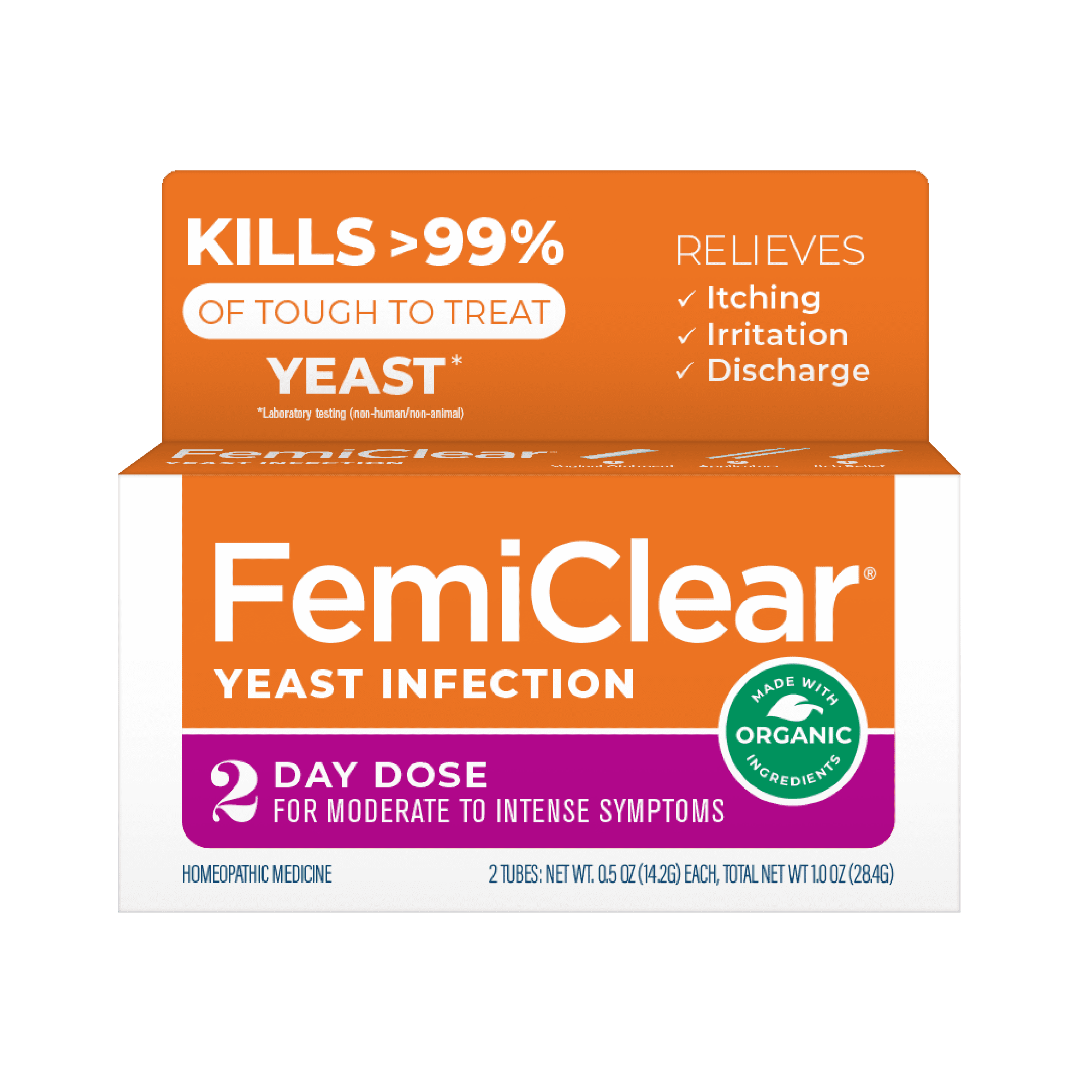
- Maintain good hygiene: Regular washing with antibacterial soap
- Keep skin folds dry: Use absorbent materials or antiperspirants
- Wear breathable fabrics: Choose natural, moisture-wicking materials
- Maintain a healthy weight: Reducing skin folds can decrease risk
- Manage underlying conditions: Control diabetes and other contributing factors
How often should preventive measures be applied? Ideally, these strategies should become part of a daily routine, especially for those prone to recurrent intertrigo.
When to Seek Professional Help for Intertrigo
While many cases of intertrigo can be managed at home, certain situations warrant professional medical attention. When should you consult a healthcare provider?
- Persistent symptoms despite home treatment
- Signs of infection (increased redness, swelling, or pus)
- Spreading of the rash to new areas
- Development of fever or other systemic symptoms
- Recurrent episodes of intertrigo
Why is timely medical intervention important? Early professional treatment can prevent complications and provide relief from persistent or severe cases of intertrigo.

Living with Intertrigo: Lifestyle Adjustments and Long-Term Management
For individuals prone to intertrigo and yeast infections in skin folds, long-term management is key. What lifestyle adjustments can help?
Clothing Choices
How can clothing impact intertrigo risk?
- Opt for loose-fitting, breathable fabrics
- Choose moisture-wicking materials for exercise
- Change out of damp clothes promptly
Dietary Considerations
Can diet influence intertrigo and yeast infections?
- Maintain a balanced diet rich in vitamins and minerals
- Consider probiotics to support skin and gut health
- Limit sugar intake, which can promote yeast growth
Stress Management
Why is stress reduction important for skin health?
- Practice stress-relief techniques like meditation or yoga
- Ensure adequate sleep for optimal immune function
- Engage in regular physical activity, with proper hygiene practices
How can these lifestyle changes be incorporated effectively? Start with small, manageable adjustments and gradually build them into your daily routine for lasting impact.
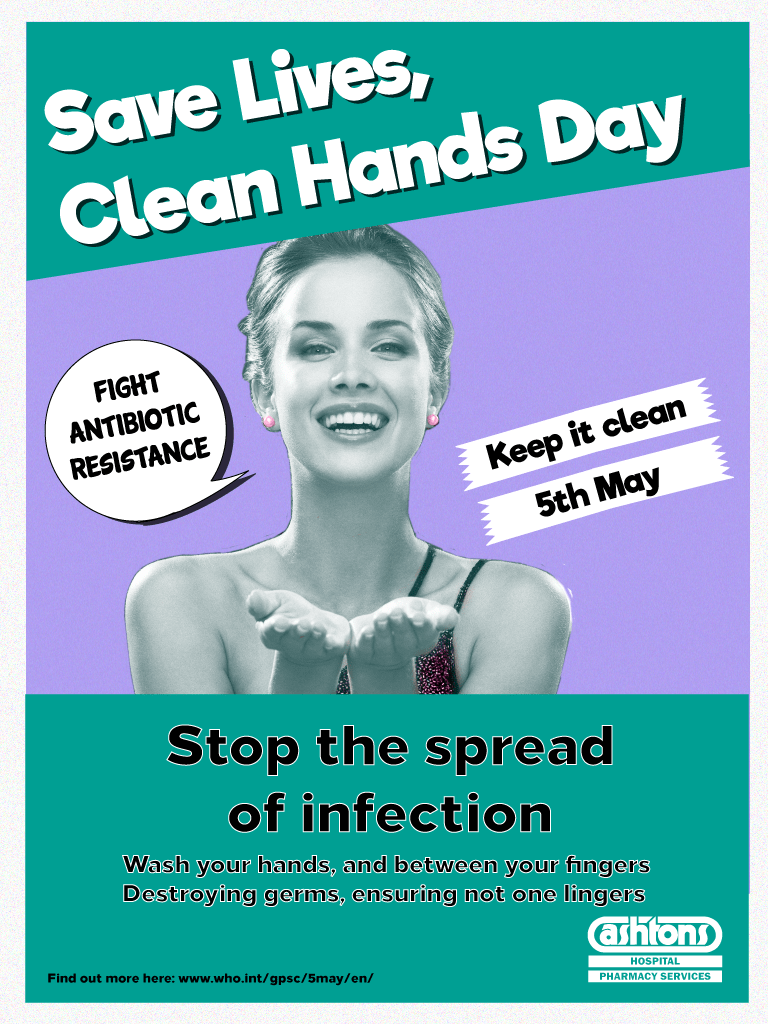
Addressing Psychological Impact: Beyond the Physical Symptoms
The impact of intertrigo and recurrent yeast infections extends beyond physical discomfort. How can individuals cope with the psychological aspects of these conditions?
Body Image and Self-Esteem
How does intertrigo affect body image?
- Acknowledge feelings of frustration or embarrassment
- Seek support from trusted friends, family, or support groups
- Focus on overall health and well-being rather than appearance alone
Maintaining Intimacy
Can intertrigo impact intimate relationships?
- Communicate openly with partners about the condition
- Explore alternative forms of intimacy during flare-ups
- Consult a healthcare provider for specific advice on sexual activity
Seeking Professional Support
When should psychological support be considered?
- If the condition significantly impacts daily life or relationships
- When experiencing persistent anxiety or depression related to the condition
- To develop coping strategies for long-term management
Why is addressing the psychological impact important? Managing the emotional aspects of intertrigo can significantly improve overall quality of life and treatment adherence.

Future Perspectives: Advancements in Intertrigo Treatment and Prevention
As medical research continues, new approaches to managing intertrigo and associated yeast infections are emerging. What future developments might we see in this field?
Innovative Topical Treatments
What new treatments are being explored?
- Novel antifungal compounds with improved efficacy
- Combination therapies targeting multiple aspects of the condition
- Probiotic-based topical applications to promote healthy skin flora
Advanced Fabric Technologies
How might clothing evolve to prevent intertrigo?
- Development of ultra-breathable, moisture-wicking materials
- Incorporation of antimicrobial properties into everyday clothing
- Smart fabrics that adapt to body temperature and moisture levels
Personalized Treatment Approaches
What role might personalized medicine play in intertrigo management?
- Genetic testing to identify individual risk factors
- Customized treatment plans based on skin microbiome analysis
- Tailored prevention strategies accounting for lifestyle and environmental factors
How might these advancements impact individuals prone to intertrigo? Future developments could lead to more effective, targeted treatments and prevention strategies, potentially reducing the frequency and severity of outbreaks.

Navigating Daily Life with Intertrigo: Practical Tips and Tricks
Living with intertrigo requires some adjustments to daily routines. What practical strategies can help manage this condition in everyday life?
Workplace Considerations
How can individuals manage intertrigo while at work?
- Keep a change of clothes and hygiene supplies at the office
- Take short breaks to air out prone areas if possible
- Use a small fan or cooling pad to reduce sweating in skin folds
Travel Tips
What precautions should be taken when traveling?
- Pack moisture-wicking clothing and breathable fabrics
- Bring necessary medications and hygiene products
- Plan for regular breaks during long trips to prevent prolonged moisture buildup
Exercise and Physical Activity
How can individuals stay active while managing intertrigo?
- Choose activities that minimize friction in prone areas
- Wear appropriate, moisture-wicking athletic wear
- Shower and change immediately after exercise
Why are these practical strategies important? Incorporating these tips into daily life can significantly reduce the risk of flare-ups and improve overall quality of life for those prone to intertrigo.

Intertrigo in Special Populations: Tailored Approaches
While intertrigo can affect anyone, certain populations require specialized care and consideration. How does management differ for these groups?
Infants and Children
What unique challenges does intertrigo present in young patients?
- Frequent diaper changes to minimize moisture
- Gentle, fragrance-free cleansers and barrier creams
- Careful monitoring of skin folds during growth spurts
Elderly Individuals
How does aging skin affect intertrigo management?
- Extra attention to skin care and hygiene
- Consideration of mobility issues in treatment plans
- Monitoring for interactions with other medications
Individuals with Diabetes
Why is intertrigo management crucial for diabetic patients?
- Increased risk of secondary infections due to compromised immunity
- Importance of blood sugar control in prevention
- Regular skin checks as part of diabetes management
How can healthcare providers tailor their approach for these special populations? Personalized care plans that consider the unique needs and challenges of each group are essential for effective management of intertrigo.

Causes, symptoms, pictures, and treatment
Intertrigo is a skin condition that causes a rash in skin folds, such as under the breasts, in the groin, or in stomach folds. The rash may be sore or itchy.
It happens when areas of moist skin rub together. Bacteria and yeast can grow in this environment, leading to an infection.
In this article, we describe what intertrigo is, what it looks like, and what causes it. We also cover diagnosis, treatment, and prevention.
Intertrigo is a skin condition that happens when folds of skin chafe against each other.
It usually develops in the inner thighs or armpits, or under the breasts or tummy fold.
Some people may experience yeast or bacterial infections in the folds of skin.
Areas of moist skin rubbing together cause intertrigo. The warm, damp environment makes the skin conducive to irritation and the growth of yeast and bacteria, which can lead to an infection.
While it can happen at any age, intertrigo tends to affect infants, older people, and those with a reduced ability to move around. In babies, it is often called diaper rash. Most cases occur in hot or humid environments and during the summer.
In babies, it is often called diaper rash. Most cases occur in hot or humid environments and during the summer.
Intertrigo is also more common in adults with incontinence, obesity, diabetes, or a weakened immune system.
Specific health conditions that can contribute to the development of intertrigo include:
Inverse psoriasis
Also known as intertriginous psoriasis, this form of psoriasis develops in the folds of the skin. It can look red and shiny.
Hailey-Hailey disease
Hailey-Hailey disease is a rare genetic disorder that causes skin cells to stick together and breaks down the layers of the skin.
People with Hailey-Hailey disease usually experience blisters and irritations on the neck, armpits, and genitals and in the folds of the skin.
Pemphigus
There are different types of pemphigus, but they all happen when the body’s immune system attacks the healthy cells in the top layer of the skin.
It typically causes blisters in the mouth, nose, throat, eyes, or genitals.
Bullous pemphigoid
A fault in the immune system causes bullous pemphigoid. People with the condition can develop mild, itchy welts or more severe blisters on the skin. These tend to appear on areas of the skin that flex or move.
Intertrigo looks like a red, raw rash on the skin. It may feel sore or itchy, and it can sometimes ooze.
It can develop in any fold of the skin. The most commonly affected areas of the body include:
- the inner thighs
- under the breasts
- in the fold of skin underneath a protruding belly
- the groin
- between the buttocks
- in the webs of the fingers
- in the webs of the toes
Intertrigo may develop in one or more of these places.
It will often be a specialist skin doctor, or dermatologist, who diagnoses intertrigo. They will do this by inspecting the skin and asking a series of questions about the person’s symptoms.
If the dermatologist suspects that a yeast or bacterial infection has developed in the skin fold, they may take a swab and send it to a laboratory for analysis.
An article in the Journal of the Dermatology Nurses’ Association offers the following advice on treating intertrigo:
- Wash the affected area with ketoconazole 1% shampoo, which is available from most drugstores. People should leave it on for 2–5 minutes and then rinse it off.
- Use a hairdryer on a low setting to ensure that the area is completely dry.
- Mix equal amounts of clotrimazole 1% cream (or miconazole 1% cream) and hydrocortisone 1% cream and apply a thin layer to the affected area. People should do this twice a day until the rash is clear, which may take 3–8 weeks.
- Once the rash has cleared, continue to use the ketoconazole 1% shampoo as soap in the affected area at least once a week.
- Dry the skin with a hairdryer after every bath or shower, or whenever it feels particularly damp.
The best way to prevent intertrigo is to keep the area dry. People who experience the condition due to obesity can speak to a doctor about ways to lose weight and reduce the risk of skin complications.
The American Osteopathic College of Dermatology suggest that people prevent intertrigo by:
- placing a wad of absorbent material, such as cotton, in the affected fold to absorb sweat
- using antiperspirants
- washing daily with an antibacterial soap
- dusting the affected area with an absorbent antifungal powder once it is clean and dry
Anyone who finds that the problem keeps coming back should speak to a doctor.
Intertrigo is a skin condition that happens when areas of moist skin rub against each other. It causes a red, raw-looking rash and can lead to yeast and bacterial infections.
It can happen to anyone, but it is most common in babies, older people, individuals with mobility problems, and those with obesity.
People can easily treat the rash at home with over-the-counter creams and lotions. They can also prevent it from coming back by keeping the area clean and dry.
Anyone who experiences multiple incidences of intertrigo should speak to a doctor.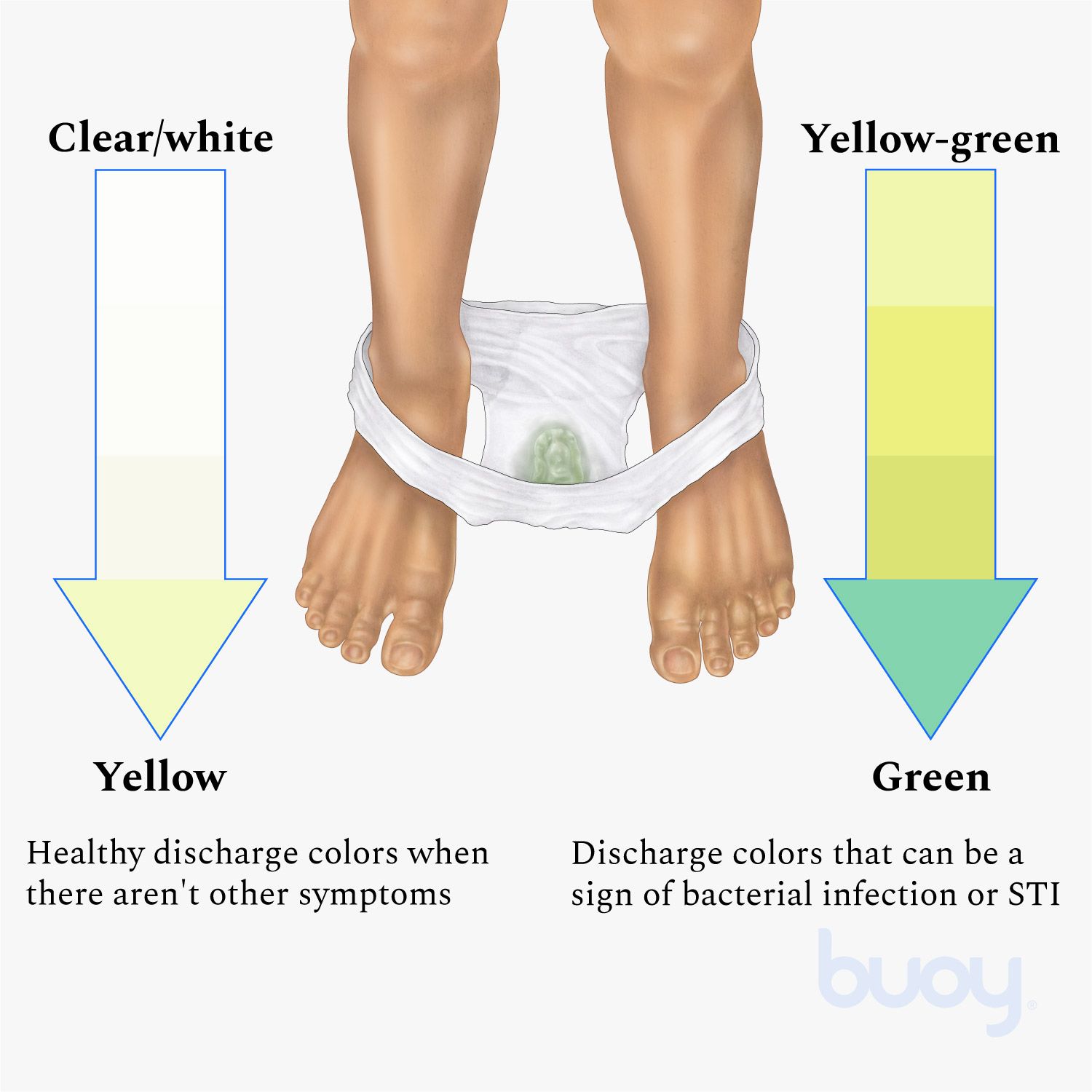
Causes, symptoms, pictures, and treatment
Intertrigo is a skin condition that causes a rash in skin folds, such as under the breasts, in the groin, or in stomach folds. The rash may be sore or itchy.
It happens when areas of moist skin rub together. Bacteria and yeast can grow in this environment, leading to an infection.
In this article, we describe what intertrigo is, what it looks like, and what causes it. We also cover diagnosis, treatment, and prevention.
Intertrigo is a skin condition that happens when folds of skin chafe against each other.
It usually develops in the inner thighs or armpits, or under the breasts or tummy fold.
Some people may experience yeast or bacterial infections in the folds of skin.
Areas of moist skin rubbing together cause intertrigo. The warm, damp environment makes the skin conducive to irritation and the growth of yeast and bacteria, which can lead to an infection.
While it can happen at any age, intertrigo tends to affect infants, older people, and those with a reduced ability to move around. In babies, it is often called diaper rash. Most cases occur in hot or humid environments and during the summer.
In babies, it is often called diaper rash. Most cases occur in hot or humid environments and during the summer.
Intertrigo is also more common in adults with incontinence, obesity, diabetes, or a weakened immune system.
Specific health conditions that can contribute to the development of intertrigo include:
Inverse psoriasis
Also known as intertriginous psoriasis, this form of psoriasis develops in the folds of the skin. It can look red and shiny.
Hailey-Hailey disease
Hailey-Hailey disease is a rare genetic disorder that causes skin cells to stick together and breaks down the layers of the skin.
People with Hailey-Hailey disease usually experience blisters and irritations on the neck, armpits, and genitals and in the folds of the skin.
Pemphigus
There are different types of pemphigus, but they all happen when the body’s immune system attacks the healthy cells in the top layer of the skin.
It typically causes blisters in the mouth, nose, throat, eyes, or genitals.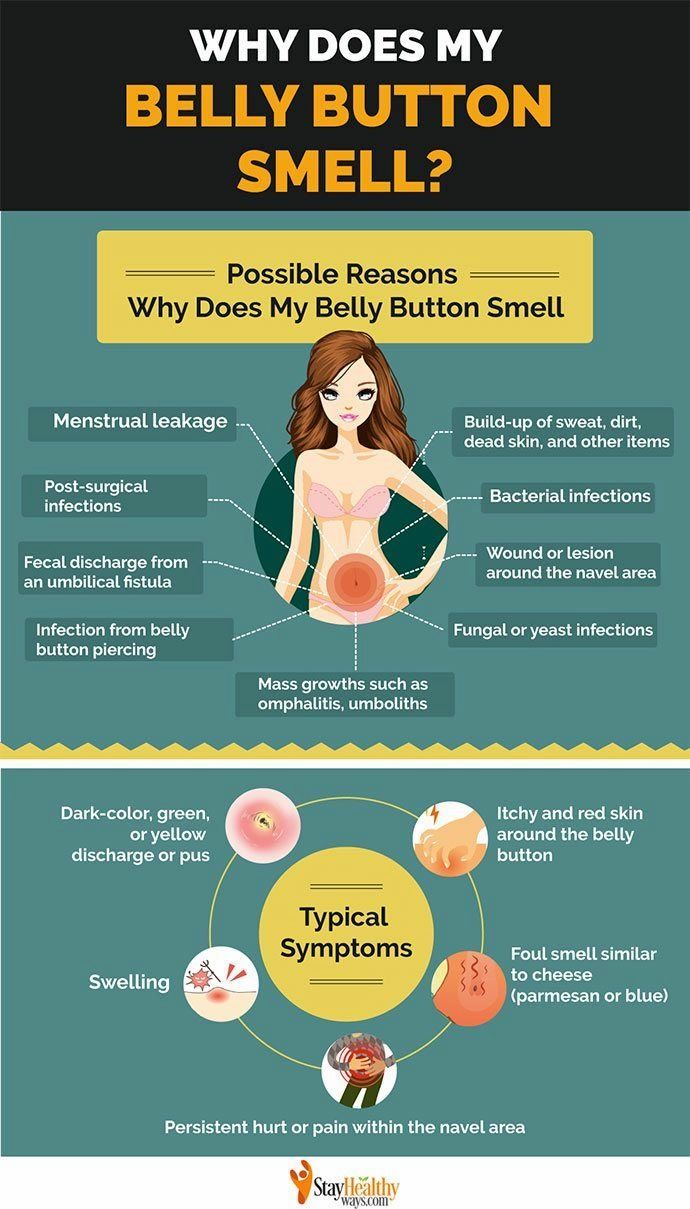
Bullous pemphigoid
A fault in the immune system causes bullous pemphigoid. People with the condition can develop mild, itchy welts or more severe blisters on the skin. These tend to appear on areas of the skin that flex or move.
Intertrigo looks like a red, raw rash on the skin. It may feel sore or itchy, and it can sometimes ooze.
It can develop in any fold of the skin. The most commonly affected areas of the body include:
- the inner thighs
- under the breasts
- in the fold of skin underneath a protruding belly
- the groin
- between the buttocks
- in the webs of the fingers
- in the webs of the toes
Intertrigo may develop in one or more of these places.
It will often be a specialist skin doctor, or dermatologist, who diagnoses intertrigo. They will do this by inspecting the skin and asking a series of questions about the person’s symptoms.
If the dermatologist suspects that a yeast or bacterial infection has developed in the skin fold, they may take a swab and send it to a laboratory for analysis.
An article in the Journal of the Dermatology Nurses’ Association offers the following advice on treating intertrigo:
- Wash the affected area with ketoconazole 1% shampoo, which is available from most drugstores. People should leave it on for 2–5 minutes and then rinse it off.
- Use a hairdryer on a low setting to ensure that the area is completely dry.
- Mix equal amounts of clotrimazole 1% cream (or miconazole 1% cream) and hydrocortisone 1% cream and apply a thin layer to the affected area. People should do this twice a day until the rash is clear, which may take 3–8 weeks.
- Once the rash has cleared, continue to use the ketoconazole 1% shampoo as soap in the affected area at least once a week.
- Dry the skin with a hairdryer after every bath or shower, or whenever it feels particularly damp.
The best way to prevent intertrigo is to keep the area dry. People who experience the condition due to obesity can speak to a doctor about ways to lose weight and reduce the risk of skin complications.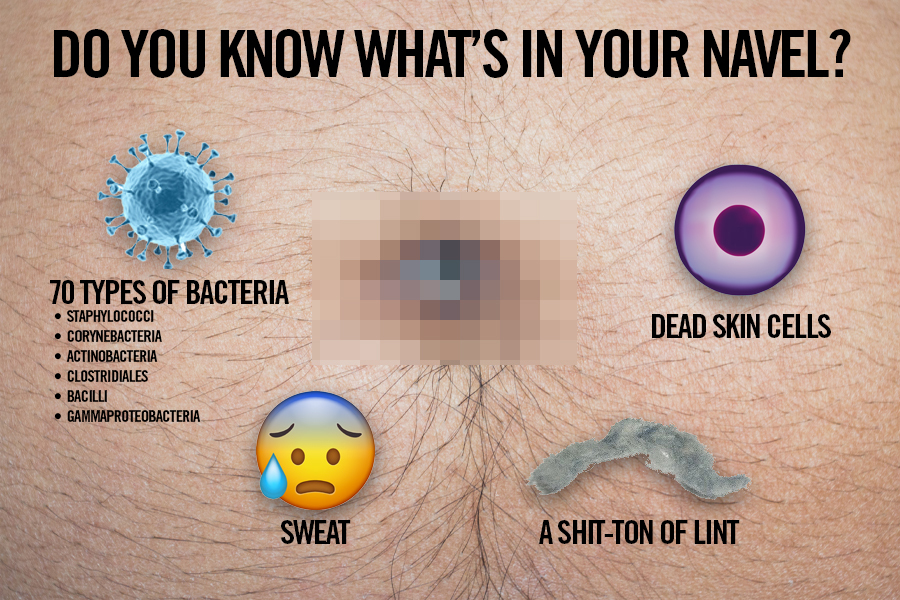
The American Osteopathic College of Dermatology suggest that people prevent intertrigo by:
- placing a wad of absorbent material, such as cotton, in the affected fold to absorb sweat
- using antiperspirants
- washing daily with an antibacterial soap
- dusting the affected area with an absorbent antifungal powder once it is clean and dry
Anyone who finds that the problem keeps coming back should speak to a doctor.
Intertrigo is a skin condition that happens when areas of moist skin rub against each other. It causes a red, raw-looking rash and can lead to yeast and bacterial infections.
It can happen to anyone, but it is most common in babies, older people, individuals with mobility problems, and those with obesity.
People can easily treat the rash at home with over-the-counter creams and lotions. They can also prevent it from coming back by keeping the area clean and dry.
Anyone who experiences multiple incidences of intertrigo should speak to a doctor.
Microbiological (cultural) examination of a nasal swab for yeast fungi – Studies of clinical material for flora
Over the past 20 years, the number of fungal infections (mycoses) has increased dramatically.
This is mainly due to the widespread and not always rational use of antibiotics, cytostatics, corticosteroid hormones, an increase in the frequency of nosocomial infections, and a significant increase in the number of patients with immunodeficiency.
The spectrum of fungal pathogens is expanding rapidly, with more than 400 fungal species known to cause disease in humans.
The clinical manifestations of fungal infections vary widely from relatively innocuous superficial mucosal and skin lesions to life-threatening invasive fungal infections that can affect virtually any organ.
The most common candidiasis in clinical practice is caused by yeast fungi of the genus Candida. The main causative agents of candidiasis are C. albicans, C.tropicalis, C.parapsilosis, C.glabrata and C.krusei. C.lusitaniae, C.guillermondii, C.rugosa and others are much less common. Despite the fact that C.albicans remains the most common pathogen, over the past 15-20 years there has been a significant increase in the number of infections caused by C.tropicalis, C.parapsilosis , C. glabrata and C. krusei.
albicans, C.tropicalis, C.parapsilosis, C.glabrata and C.krusei. C.lusitaniae, C.guillermondii, C.rugosa and others are much less common. Despite the fact that C.albicans remains the most common pathogen, over the past 15-20 years there has been a significant increase in the number of infections caused by C.tropicalis, C.parapsilosis , C. glabrata and C. krusei.
Normally, a small amount of candida is found in the oral cavity, digestive tract, on the skin, in the vagina. Their growth and distribution is “restrained” by representatives of the normal microflora.
Certain illnesses or specific medications can disturb the balance of the microflora, leading to the rapid growth and development of fungi.
Nasal congestion, mucus discharge from the sinuses and sneezing can be caused by more than just a viral ENT disease. Candidiasis (thrush) in the nose can be detected when visiting an otolaryngologist with symptoms of a common ARVI.
A distinctive feature of a fungal infection is that the runny nose caused by it does not go away for a long period of time (14 days or more). Congestion with candidiasis is not removed by vasoconstrictor drugs.
Congestion with candidiasis is not removed by vasoconstrictor drugs.
Antiviral drugs have no effect on yeast fungi. Other symptoms of candida in the nasopharynx include: dry mucous membrane; pain inhaling and exhaling through the nose; discharge of white color with a stable consistency during the entire course of the disease; feeling of pressure in the paranasal sinuses; mucosal itching.
Laboratory diagnosis of yeast fungi includes microscopy of pathological material, isolation of a pure culture of the pathogen with its subsequent identification. The final stage of the study may be the determination of sensitivity to antifungal drugs.
Cultural diagnostics and species identification are carried out when planning antimycotic treatment.
Isolation of C. albicans in most cases indicates the likely success of systemic therapy with azole drugs or amphotericin.
The isolation of another common Candida species must be interpreted in light of the known cases of resistance in strains of this species.
Services and prices
Angiography, ultrasound-guided procedures, interventions
Anesthesia and resuscitation services
Gynecological procedures
Gynecological operations
Pediatric urological operations
Research and manipulation in mammology
Clinical diagnostic laboratory (express)
Radioimmunoassay Laboratory
Laser surgery
Magnetic resonance imaging (MRI)
General medical procedures
Multispiral computed tomography (MSCT)
Single Photon Emission Computed Tomography (SPECT)
Otolaryngological manipulations and procedures
Ophthalmic manipulations and procedures
Pathological laboratory
Inpatient stay and treatment
Proctological manipulations and procedures
Radioisotope functional diagnostic studies
Radiological treatment.
